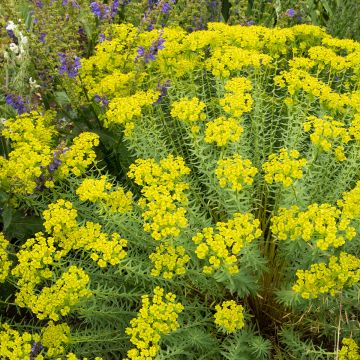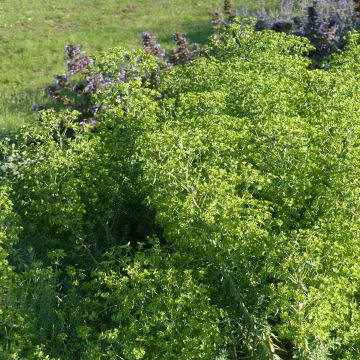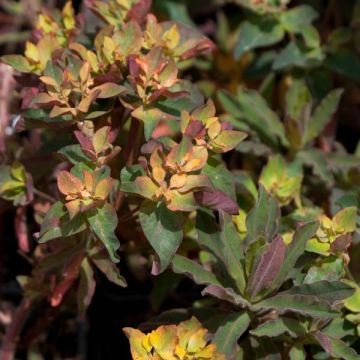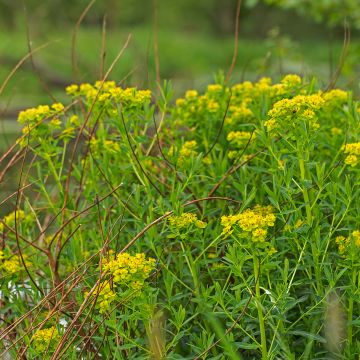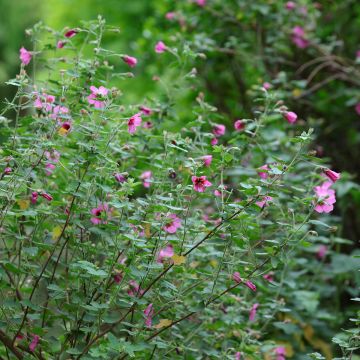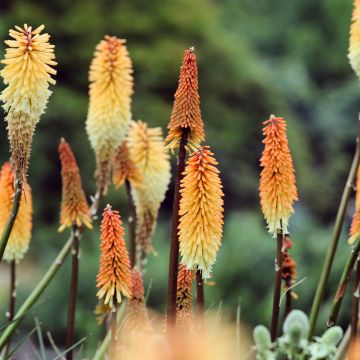

Euphorbia mellifera - Spurge


Euphorbia mellifera - Spurge
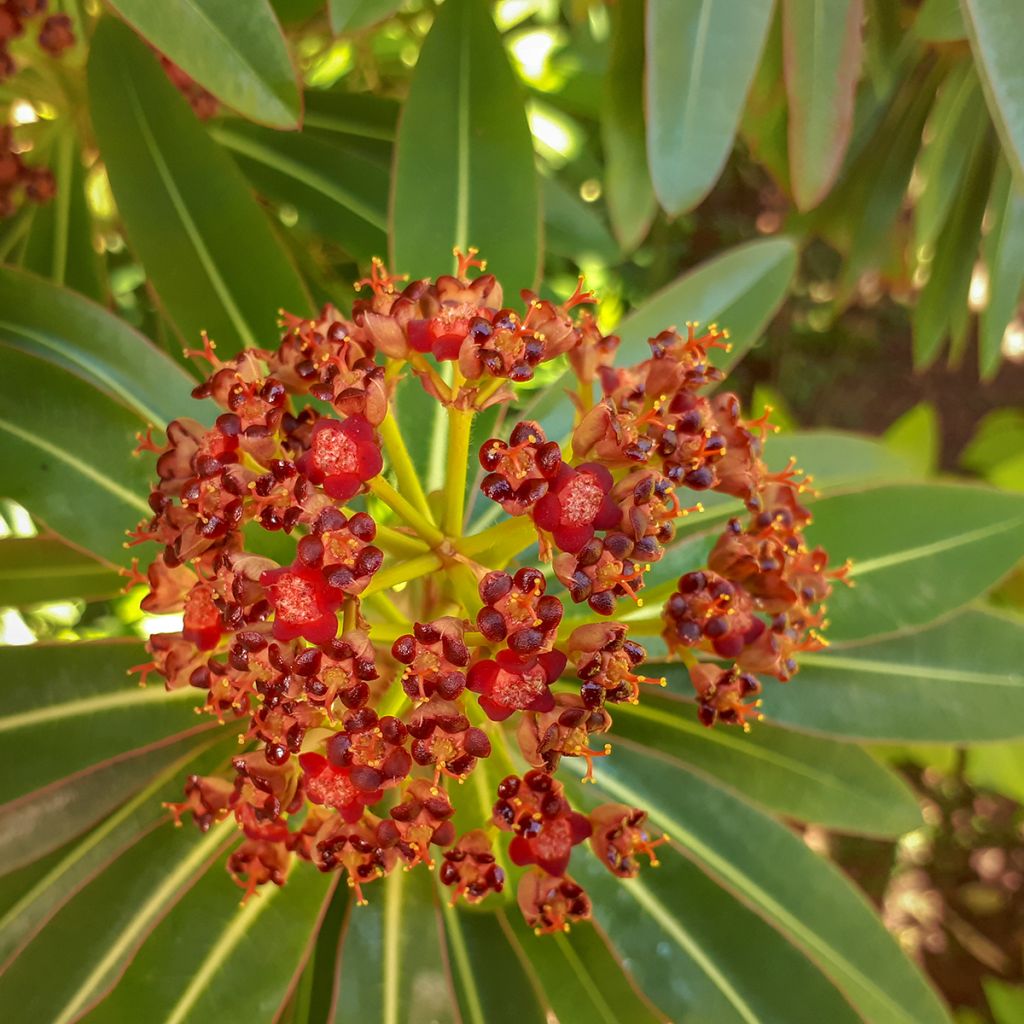

Euphorbia mellifera - Spurge


Euphorbia mellifera - Spurge
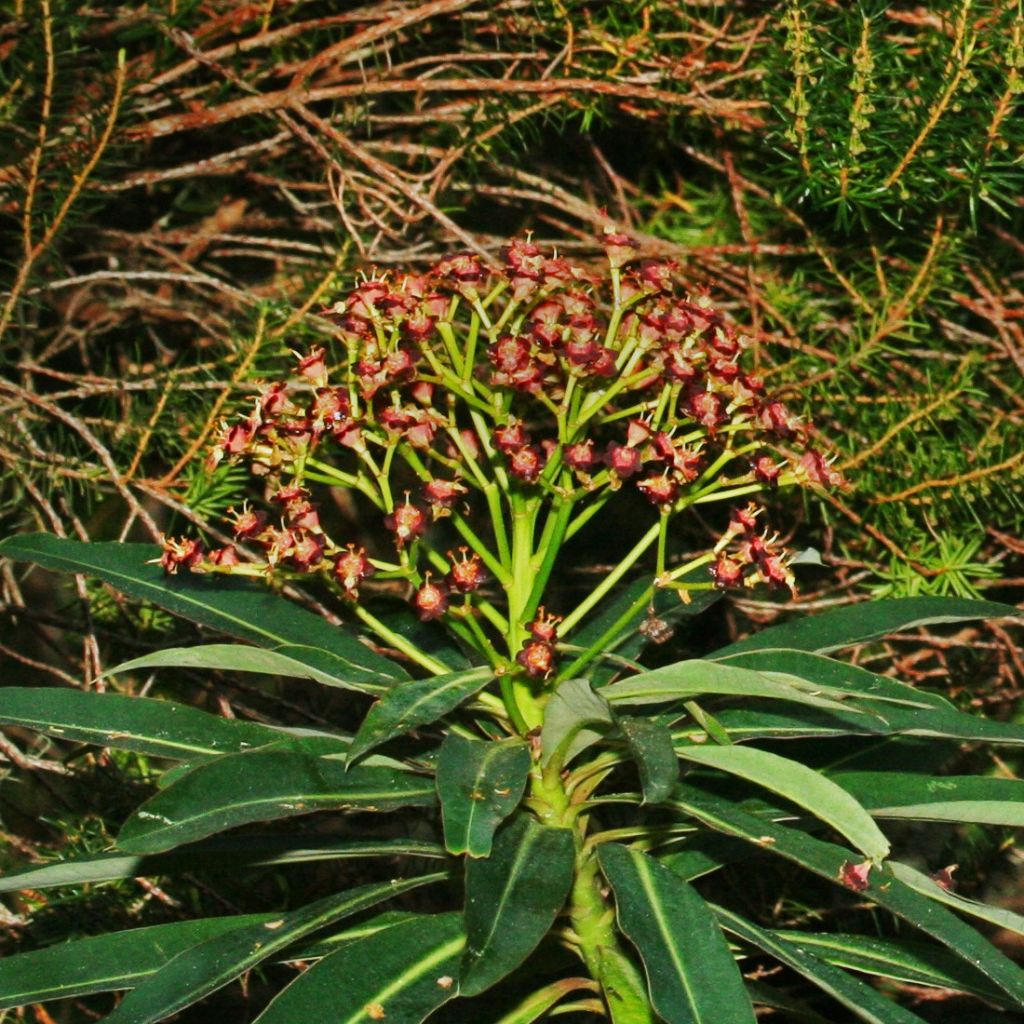

Euphorbia mellifera - Spurge
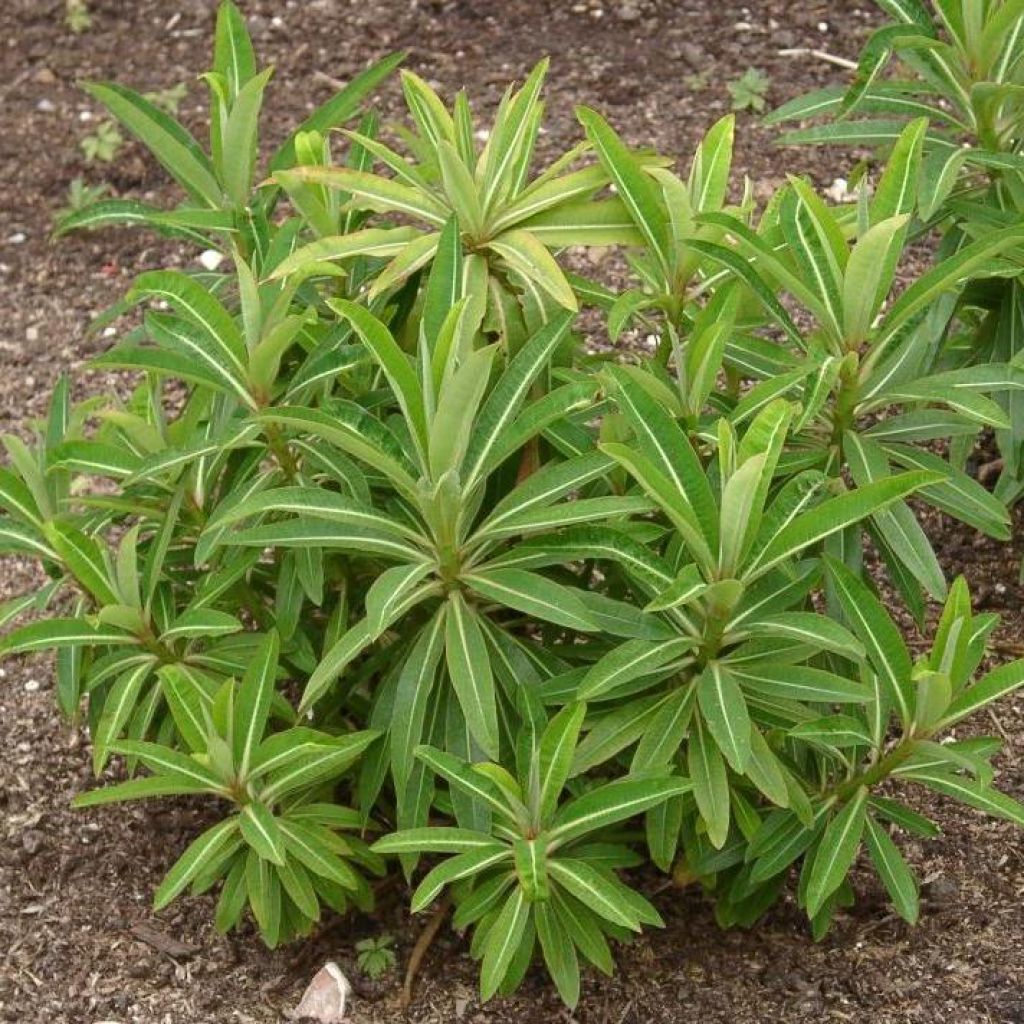

Euphorbia mellifera - Spurge
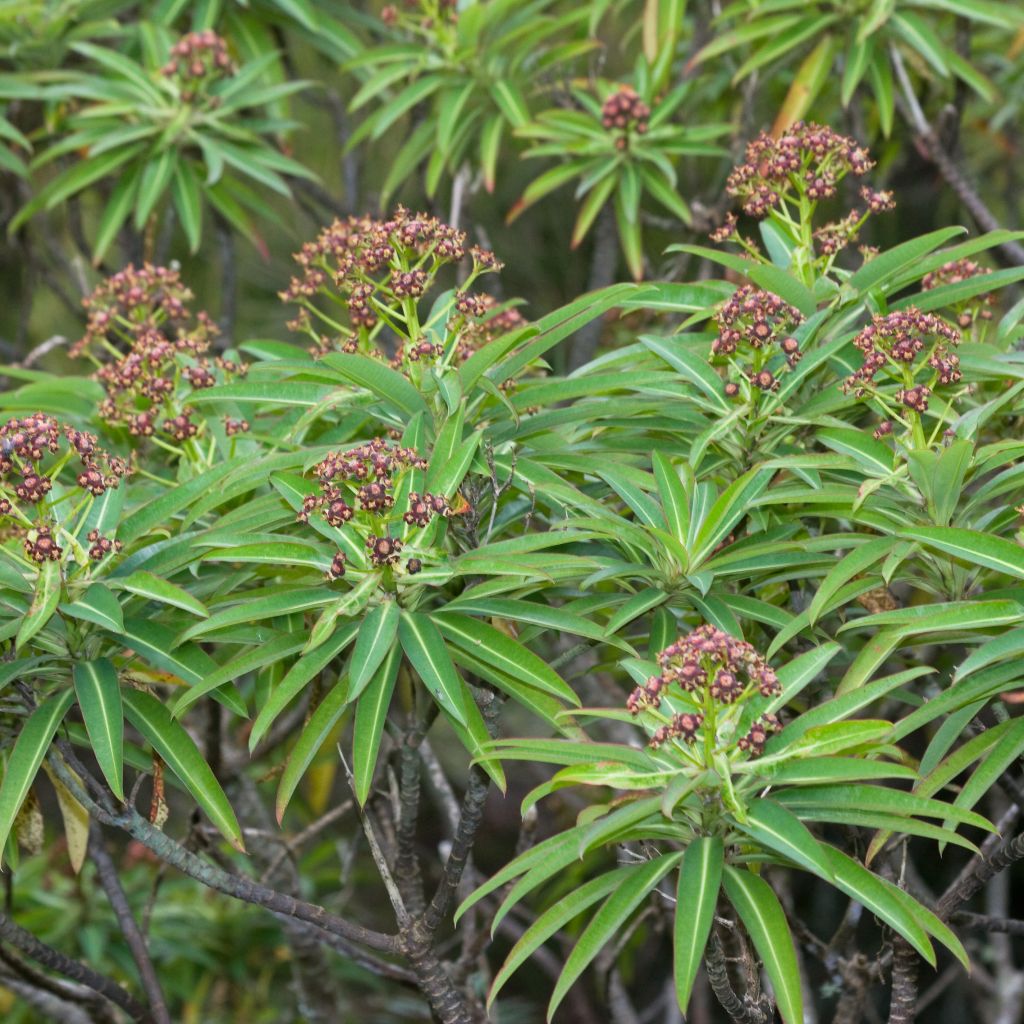

Euphorbia mellifera - Spurge


Euphorbia mellifera - Spurge


Euphorbia mellifera - Spurge
Euphorbia mellifera - Spurge
Euphorbia mellifera
Canary Spurge
This item cannot be shipped to the selected country
Delivery charge from €5.90
Delivery to Corse prohibited
More information
Schedule delivery date,
and select date in basket
This plant carries a 12 months recovery warranty
More information
We guarantee the quality of our plants for a full growing cycle, and will replace at our expense any plant that fails to recover under normal climatic and planting conditions.
From €5.90 for pickup delivery and €6.90 for home delivery
Express home delivery from €8.90.
Delivery to Corse prohibited: UE law prohibits the import of this plant from mainland France to Corse as part of the fight against Xylella fastidiosa. Please accept our sincere apologies.
More information

Does this plant fit my garden?
Set up your Plantfit profile →
Description
The Euphorbia mellifera is a large perennial that is more like a bush. It can reach a height and spread of up to 2 metres (7 feet) at maturity if it finds its ideal conditions: a sunny exposure, sheltered from cold winds, a rather humiferous, well-drained but not too dry soil, and temperatures that do not drop below -5°C (23°F). Its flowers bloom from May to June, offering a fairly wide range of colors: ranging from yellow-orange to even brown-red. All this accompanied by a powerful honey scent that perfumes the surroundings of the shrub. The green leaves, with a lighter central vein, even cream-colored, are evergreen.
There are many different types of Euphorbias with various characteristics. Their common point: always very decorative foliage and flowering. Their long upright stems start from the base and form a bushy clump. They even branch out for the Euphorbia mellifera. They are covered with lanceolate leaves, which eventually just gather around the inflorescences. These are grouped in cymes that are 8 to 10 cm (3 to 4in) high and covered with numerous small cyathia (this name is mainly attributed to Euphorbias). Do not hesitate to observe them closely, they are very subtle. Euphorbias are quite essential in flower beds: a large and voluminous habit, long-lasting foliage, and brightly colored flowers.
The only downside to these plants is that their sap is made up of an irritating and toxic latex. Remember to always handle them with gloves, keep an eye on children playing nearby, and warn them.
The Euphorbia mellifera will thrive more willingly in regions that rarely frost. You can then use it as a bush and give it a place at the back of a flower bed. However, a solitary position will allow it to reveal its graphic silhouette from the Canary Islands, especially on a sheltered terrace or in a patio. It will then retain its exotic style.
Report an error about the product description
Euphorbia mellifera - Spurge in pictures




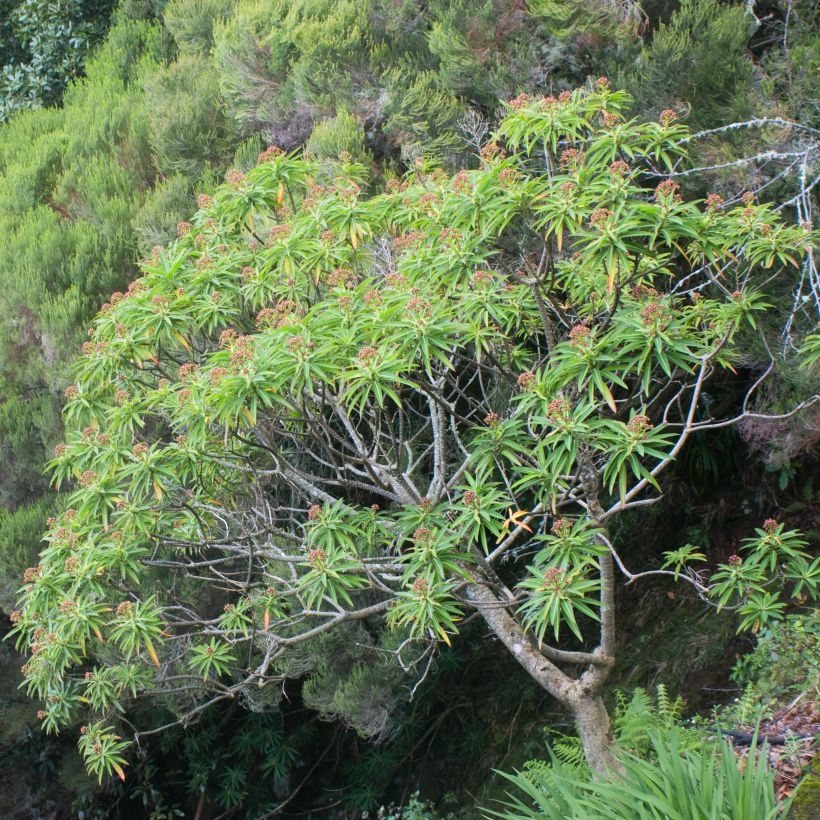

Flowering
Foliage
Plant habit
Safety measures
Botanical data
Euphorbia
mellifera
Euphorbiaceae
Canary Spurge
North Africa
atteintescutaneomuqueuses
Cette plante peut provoquer l'apparition de réactions cutanées indésirables, une atteinte des yeux, ou des difficultés respiratoires si elle est ingérée.
Ne la plantez pas là où de jeunes enfants peuvent évoluer. Evitez tout contact avec la peau: privilégiez l'emploi de gants pour la manipuler. En cas de contact, lavez-vous soigneusement les mains et rincez abondamment à l'eau la zone concernée. Lavez les vêtements entrés en contact. En cas de réaction cutanée, contactez votre médecin ou le centre antipoison le plus proche de chez vous. En cas d'atteinte étendue ou de difficultés respiratoires, appelez immédiatement le 15 ou le 112.Pensez à conserver l'étiquette de la plante, à la photographier ou à noter son nom, afin de faciliter le travail des professionnels de santé.
Davantage d'informations sur https://plantes-risque.info
Other Euphorbia - Spurge
Planting and care
Install the melliferous Euphorbia in a rich, light and humus-bearing soil. This area must be properly drained and should not dry out in the summer. Therefore, it is sometimes necessary to incorporate a bit of gravel during planting and to water in case of drought. Choose a sunny exposure, sheltered from cold winds, so that the plant can regain the conditions of its natural environment: those of a specific part of the Canary Islands: a low thermal range and a certain amount of rainfall.
Planting period
Intended location
Care
-
, onOrder confirmed
Reply from on Promesse de fleurs
Summer flowering perennials
Haven't found what you were looking for?
Hardiness is the lowest winter temperature a plant can endure without suffering serious damage or even dying. However, hardiness is affected by location (a sheltered area, such as a patio), protection (winter cover) and soil type (hardiness is improved by well-drained soil).

Photo Sharing Terms & Conditions
In order to encourage gardeners to interact and share their experiences, Promesse de fleurs offers various media enabling content to be uploaded onto its Site - in particular via the ‘Photo sharing’ module.
The User agrees to refrain from:
- Posting any content that is illegal, prejudicial, insulting, racist, inciteful to hatred, revisionist, contrary to public decency, that infringes on privacy or on the privacy rights of third parties, in particular the publicity rights of persons and goods, intellectual property rights, or the right to privacy.
- Submitting content on behalf of a third party;
- Impersonate the identity of a third party and/or publish any personal information about a third party;
In general, the User undertakes to refrain from any unethical behaviour.
All Content (in particular text, comments, files, images, photos, videos, creative works, etc.), which may be subject to property or intellectual property rights, image or other private rights, shall remain the property of the User, subject to the limited rights granted by the terms of the licence granted by Promesse de fleurs as stated below. Users are at liberty to publish or not to publish such Content on the Site, notably via the ‘Photo Sharing’ facility, and accept that this Content shall be made public and freely accessible, notably on the Internet.
Users further acknowledge, undertake to have ,and guarantee that they hold all necessary rights and permissions to publish such material on the Site, in particular with regard to the legislation in force pertaining to any privacy, property, intellectual property, image, or contractual rights, or rights of any other nature. By publishing such Content on the Site, Users acknowledge accepting full liability as publishers of the Content within the meaning of the law, and grant Promesse de fleurs, free of charge, an inclusive, worldwide licence for the said Content for the entire duration of its publication, including all reproduction, representation, up/downloading, displaying, performing, transmission, and storage rights.
Users also grant permission for their name to be linked to the Content and accept that this link may not always be made available.
By engaging in posting material, Users consent to their Content becoming automatically accessible on the Internet, in particular on other sites and/or blogs and/or web pages of the Promesse de fleurs site, including in particular social pages and the Promesse de fleurs catalogue.
Users may secure the removal of entrusted content free of charge by issuing a simple request via our contact form.
The flowering period indicated on our website applies to countries and regions located in USDA zone 8 (France, the United Kingdom, Ireland, the Netherlands, etc.)
It will vary according to where you live:
- In zones 9 to 10 (Italy, Spain, Greece, etc.), flowering will occur about 2 to 4 weeks earlier.
- In zones 6 to 7 (Germany, Poland, Slovenia, and lower mountainous regions), flowering will be delayed by 2 to 3 weeks.
- In zone 5 (Central Europe, Scandinavia), blooming will be delayed by 3 to 5 weeks.
In temperate climates, pruning of spring-flowering shrubs (forsythia, spireas, etc.) should be done just after flowering.
Pruning of summer-flowering shrubs (Indian Lilac, Perovskia, etc.) can be done in winter or spring.
In cold regions as well as with frost-sensitive plants, avoid pruning too early when severe frosts may still occur.
The planting period indicated on our website applies to countries and regions located in USDA zone 8 (France, United Kingdom, Ireland, Netherlands).
It will vary according to where you live:
- In Mediterranean zones (Marseille, Madrid, Milan, etc.), autumn and winter are the best planting periods.
- In continental zones (Strasbourg, Munich, Vienna, etc.), delay planting by 2 to 3 weeks in spring and bring it forward by 2 to 4 weeks in autumn.
- In mountainous regions (the Alps, Pyrenees, Carpathians, etc.), it is best to plant in late spring (May-June) or late summer (August-September).
The harvesting period indicated on our website applies to countries and regions in USDA zone 8 (France, England, Ireland, the Netherlands).
In colder areas (Scandinavia, Poland, Austria...) fruit and vegetable harvests are likely to be delayed by 3-4 weeks.
In warmer areas (Italy, Spain, Greece, etc.), harvesting will probably take place earlier, depending on weather conditions.
The sowing periods indicated on our website apply to countries and regions within USDA Zone 8 (France, UK, Ireland, Netherlands).
In colder areas (Scandinavia, Poland, Austria...), delay any outdoor sowing by 3-4 weeks, or sow under glass.
In warmer climes (Italy, Spain, Greece, etc.), bring outdoor sowing forward by a few weeks.




































